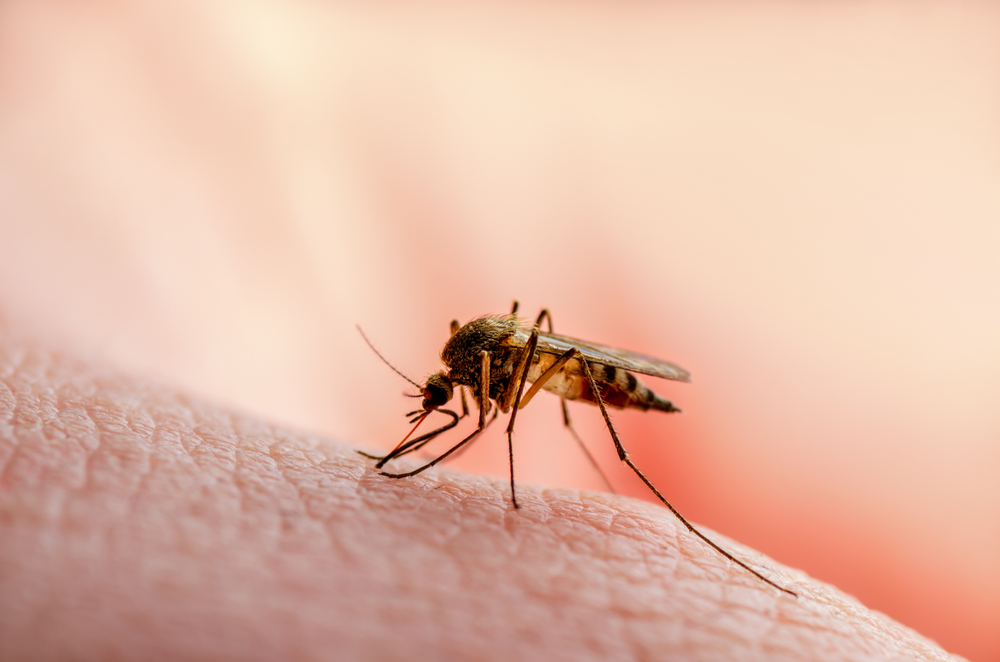Rising temperatures usher mosquito-borne diseases into Europe’s top vacation spots, threatening public health.
Others are reading now
Mosquito-borne diseases, once a distant concern for many Europeans, are now knocking on the doorstep of popular holiday destinations across Southern Europe, prompting urgent warnings from health experts.
A Climate Crisis Catalyst
Rachel Lowe, a resilience group leader at Barcelona’s Supercomputing Research Center, emphasizes the pivotal role of climate change in the accelerated spread of diseases like malaria and dengue fever.
“These illnesses are poised to affect previously untouched parts of Northern Europe, Asia, North America, and Australia in the coming decades,” Lowe told The Guardian.
The escalation of global warming has created ideal conditions for these diseases, fostering warm and humid environments where disease vectors thrive.
Also read
Lowe highlights the danger of these diseases finding new homes in regions where public health systems may be ill-prepared for outbreaks.
A Rise in Dengue Fever
Traditionally confined to tropical and subtropical areas, dengue fever has seen a notable increase worldwide and is currently the most common mosquito-transmitted disease. According to BioMed Central, the Asian tiger mosquito, a carrier of dengue fever, has established itself in 13 European countries, including Italy, France, and Spain.
Symptoms of classic dengue fever include high fever, chills, headaches, light sensitivity, skin rashes, and severe muscle and joint pains, earning it the nickname ‘breakbone fever.’
An Urgent Call for Preparedness
Lowe is actively engaging with global audiences to prepare for a significant rise in these diseases. She advocates for countries to adopt and enhance early warning and response systems similar to those used in other parts of the world to manage and prevent outbreaks effectively.
“With climate change proving to be a challenging foe, we can expect more cases and potentially more deaths from diseases like dengue and malaria across the European continent,” Lowe cautions.


